Text
“Taught from their infancy that beauty is woman’s sceptre, the mind shapes itself to the body, and roaming round its gilt cage, only seeks to adorn its prison.”
- Mary Wollstonecraft, A Vindication of the Rights of Woman
149 notes
·
View notes
Text
“You inherit the autumns, folded like festive clothing / in the memories of poets; and all the winters, / like abandoned fields, bequeath you their quietness.”
— Rainier Maria Rilke, from “Und du erbst das Grün,” Rilke’s Book of Hours: Love Poems to God, tran. Anita Barrows and Joanna Macy (Riverhead Books, 1996)
3K notes
·
View notes
Text
someone remind me that the most dark academia thing i can do is my homework
1K notes
·
View notes
Photo

Rural Charity
John Raphael Smith
1790’s
169 notes
·
View notes
Text
“The common prejudice that love is as common as ‘romance’ may be due to the fact that we all learned about it first through poetry. But the poets fool us; they are the only ones to whom love is not only a crucial, but an indispensable experience, which entitles them to mistake it for a universal one.”
— Hannah Arendt, The Human Condition
2K notes
·
View notes
Text
thinking about Kait Rokowski writing, "nothing ever ends poetically, it ends and we turn it into poetry. all that blood was never once beautiful. it was just red." and losing it
21K notes
·
View notes
Text






King Gustav III of Sweden and his Brothers, 1771. By Alexander Roslin (Swedish, 1718-1793)
2K notes
·
View notes
Text

how many times have people used a pen or paintbrush because they couldn’t pull the trigger?
— Virginia Woolf
13K notes
·
View notes
Photo

Vittorio Reggianini - Composing a Letter // detail
15 notes
·
View notes
Photo
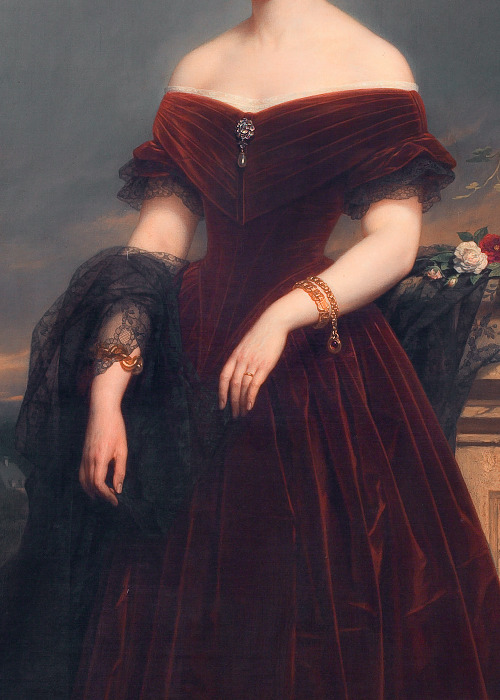
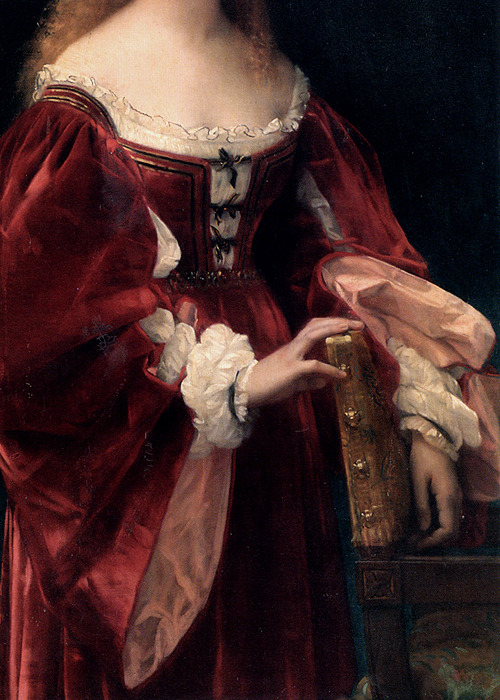
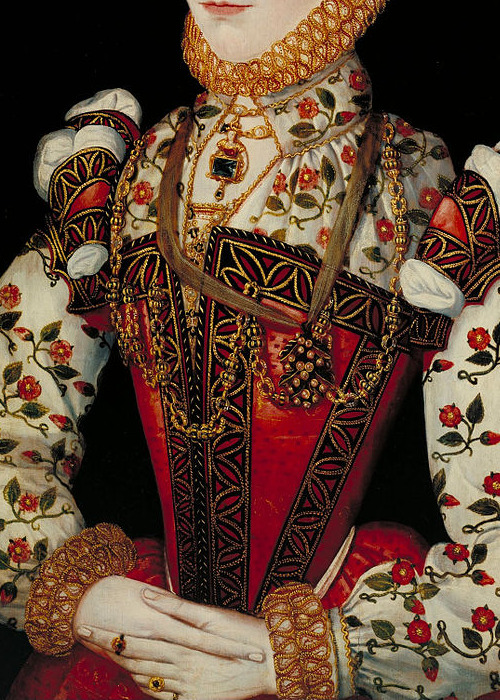

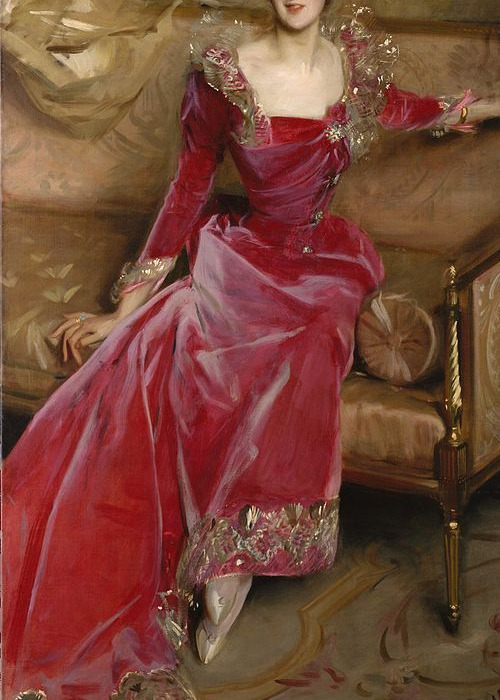
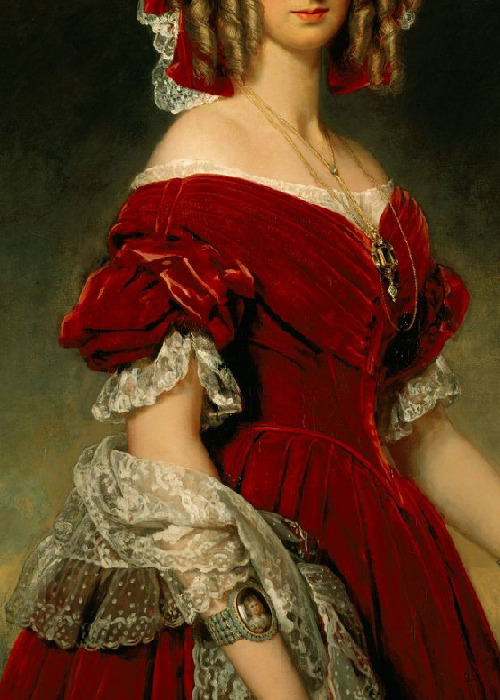

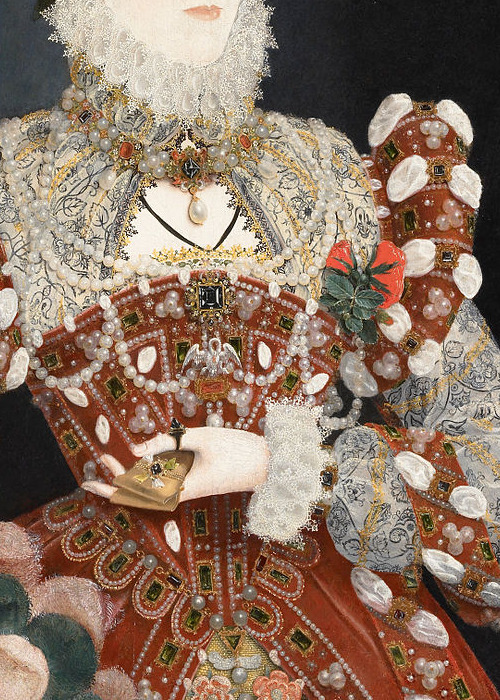

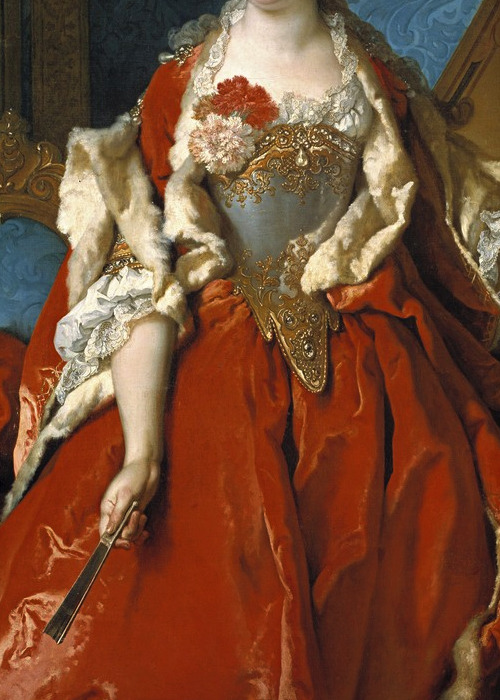
Details in Red
Portrait of Isabelle Antoinette Barones Sloet van Toutenburg, 1852, by Nicaise de Keyser.
Patricipance of Venice, 1881, by Alexandre Cabanel.
A Young Lady Aged 21, Possibly Helena Snakenborg, 1569, by an unknown artist.
Portrait de la comédienne Marie-Anne de Châteauneuf, 1712, by Nicolas de Largillière.
Mrs. Hugh Hammersley, c. 1893, by John Singer Sargent .
Louise, Queen of the Belgians, 1841, by Franz Xaver Winterhalter.
Sabina Seupham Spalding, c. 1846, by Federico de Madrazo y Kuntz.
Elizabeth I, the “Pelican” portrait, c. 1572, by Nicholas Hilliard.
Portrait of Mary Louise of Orleans, Queen of Spain, c. 1679, by José García Hidalgo.
Portrait of Marguerite de Sève, 1729, by Nicolas de Largillière.
20K notes
·
View notes
Photo

The Dying Saint Sebastian (Detail), 1789.
by François-Xavier Fabre (1766-1837)
28K notes
·
View notes
Photo
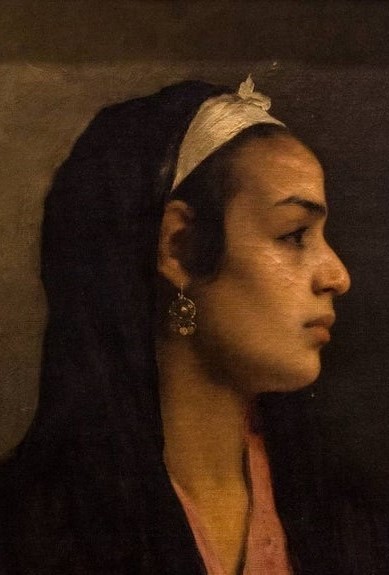

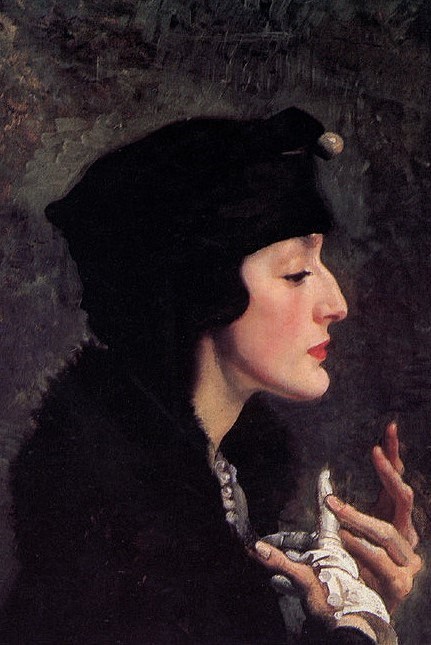
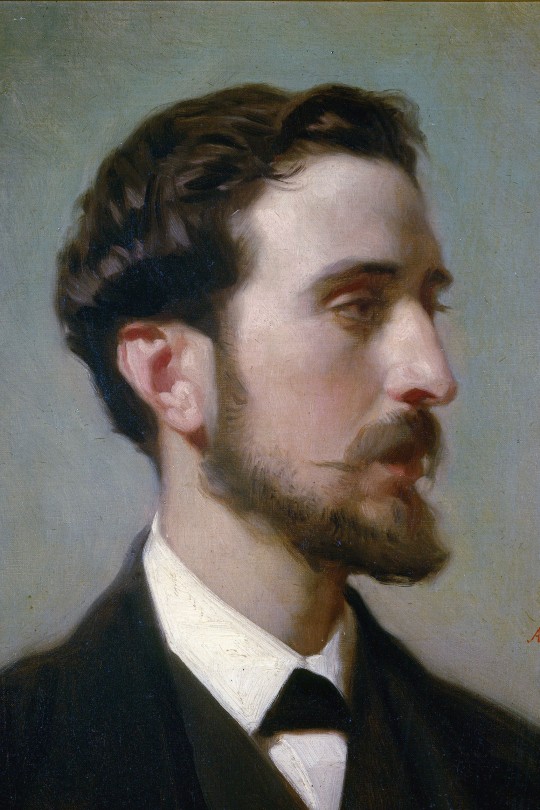

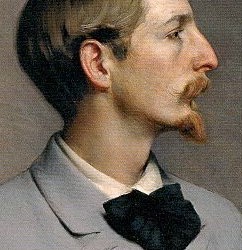


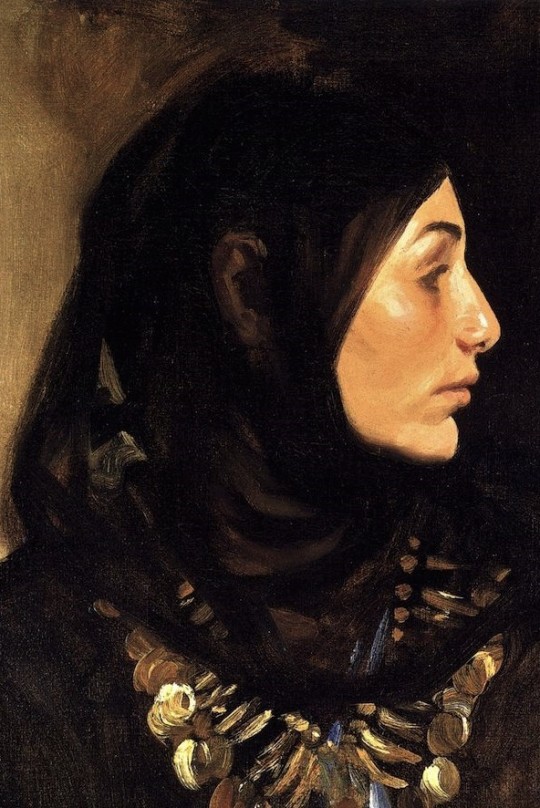
aquiline noses in art part 1
29K notes
·
View notes
Photo
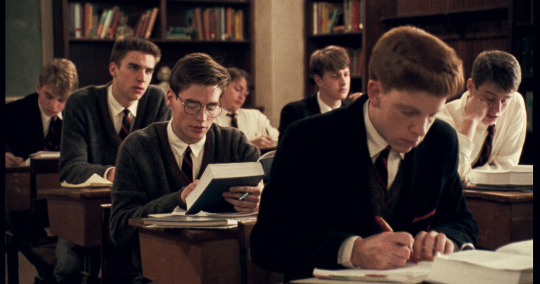
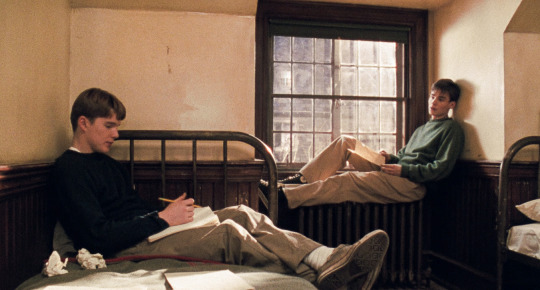
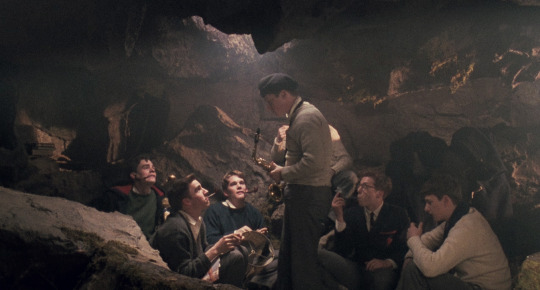


Dead Poets Society (1989) dir. Peter Weir
19K notes
·
View notes
Photo
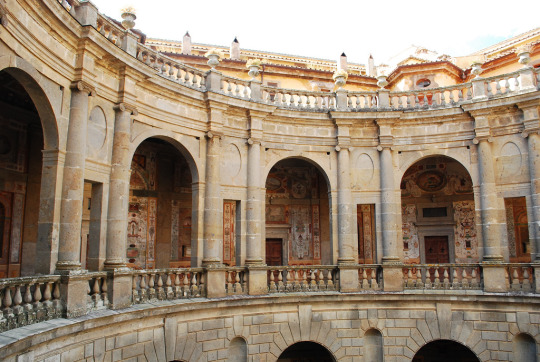

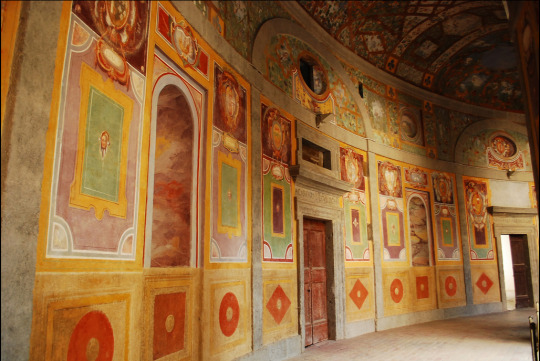
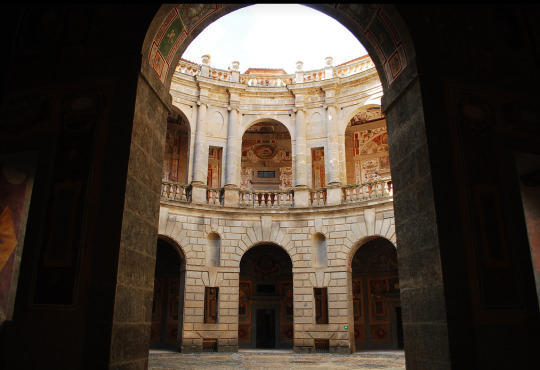

Palazzo Farnese (Caprarola) - architect Jacopo Barozzi da Vignola, Caprarola, Italy (by alfiogreen)
19K notes
·
View notes
Photo

Igor Stravinsky playing cards.
380 notes
·
View notes
Photo

Pyotr Tchaikovsky having a miserable time with his brothers.
2K notes
·
View notes
Text
The fact that Dante created the most popular image of the afterlife with absolutely no theological basis for it will still be the funniest thing to me
206K notes
·
View notes